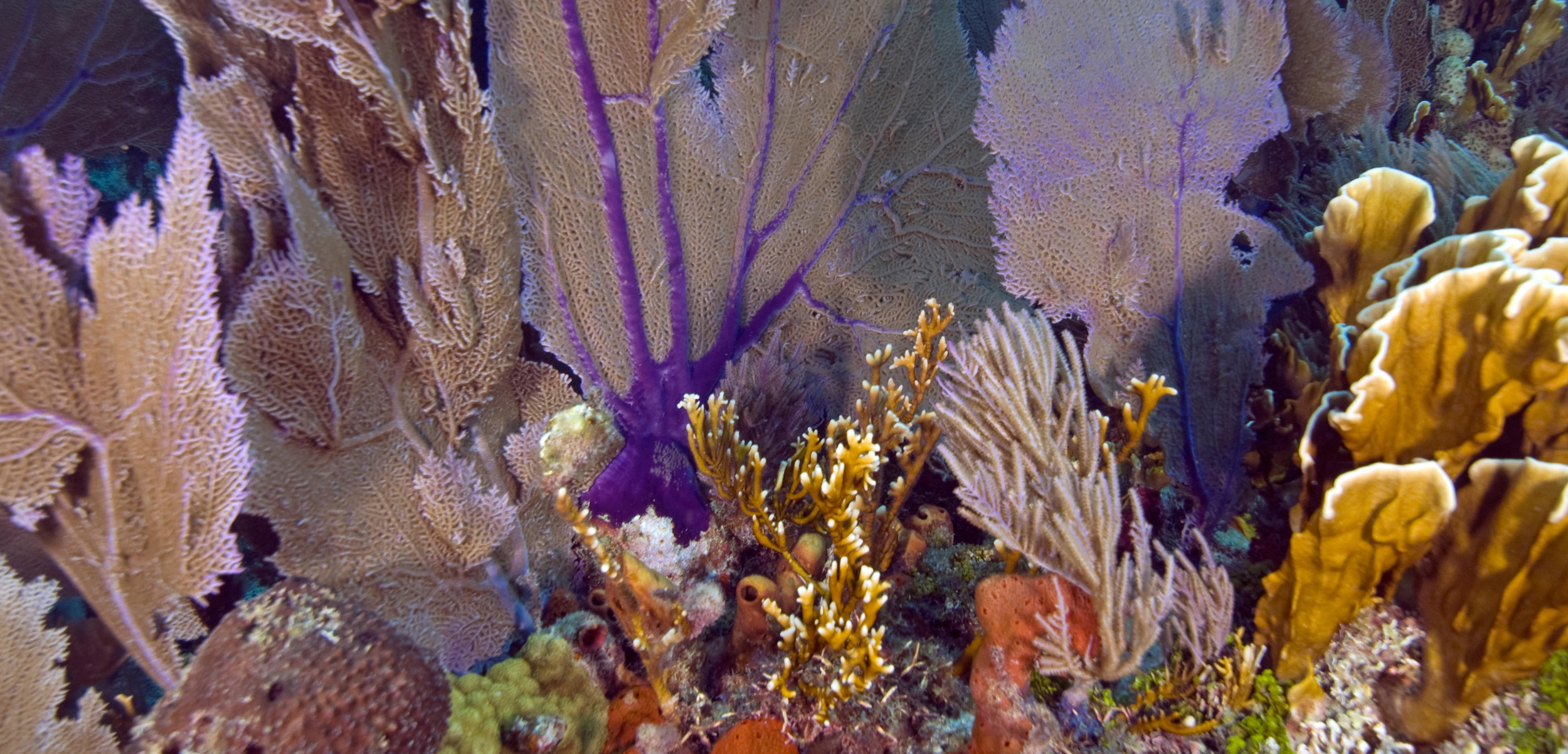A Panic Room for Corals
After Hurricane Irma, and with Jose and Katia bearing down, the need for a coral vault seems even more urgent.
Article body copy
In a laboratory on a narrow patch of land in the Florida Keys, marine biologists were collecting tiny fragments of living corals and storing them in tanks of seawater.
It was the humble beginning of an ambitious plan by Florida’s Mote Marine Laboratory and Aquarium to build a bunker to house the genetic material of coral specimens, which could be used to bring back coral reefs from the dead if necessary.
Coral reefs are valuable but fragile, and they face many threats. On top of forces such as the warming and acidification of oceans, natural disasters—those like Hurricane Irma—can reduce a reef to rubble, with violent waves tearing apart the fragile structures. Diseases, oil spills, and degrading water quality also threaten these increasingly stressed ecosystems. Due to these varied forces, some coral species in Florida have already lost more than 97 percent of their populations.
But by collecting genetic samples now, scientists hope to avoid a catastrophe: corals disappearing for good. Working with the Nature Conservancy, an environmental nonprofit, scientists at Mote plan to use samples from the vault to repopulate reefs that may be damaged in the future.
“Our ideal scenario is to ensure that you have every coral species protected, because it’s important that we’re able to be ready for any unforeseen environmental impacts,” says Michael Crosby, Mote president and CEO.
The idea is akin to the Svalbard Global Seed Vault, a remote seed bank buried in permafrost and thick rock halfway between the North Pole and Norway. The vault is designed to be the final backup against famine should the world’s crops fail. Unlike the other 1,700 seed banks dotted around the world, the Svalbard vault is built to be resistant to the vagaries of weather, war, and politics.
In Florida, one part of the coral vault project is already up and running. Built in Summerland Key in 2017, a 1,700-square-meter facility houses around 10,000 small pieces of coral in saltwater tanks, representing more than a dozen species native to the Florida Keys. The coral fragments are kept on fiberglass trays in advanced seawater systems, where environmental conditions can be carefully controlled by the scientists.
The plan is to expand the operation and build similar vaults in the US Virgin Islands, the Bahamas, and Cuba. The goal is to have a network of coral banks across these regions by 2020.
For the banks to work, it is crucial that they’re kept out of harm’s way. The existing facility in Florida is designed to withstand a Category 5 hurricane.
“Coral reefs tend to occur in areas where typhoons and hurricanes and cyclones also tend to occur,” Crosby says. “So you’ve got to make sure that these gene banks are in secure areas.”
The project’s showpiece is a proposed facility that will one day reside on an 800,000-square-meter lot 30 kilometers inland in Sarasota, Florida. This vault will carry a backup of every coral species collected at the other regional laboratories. They hope to one day expand the project globally, but that is a distant dream.
In the Sarasota facility, the scientists hope to house coral stem cells and cryopreserved gametes, which could be used to breed new corals. The material will also give scientists a chance to study the genetics of various coral species, and identify corals with the capacity to adapt to stressors, such as higher temperatures or acidification.
“That way, we can create a catalog of these resistant traits of the corals that we have that we can use in restoration projects,” says Erinn Muller, a staff scientist at Mote.

